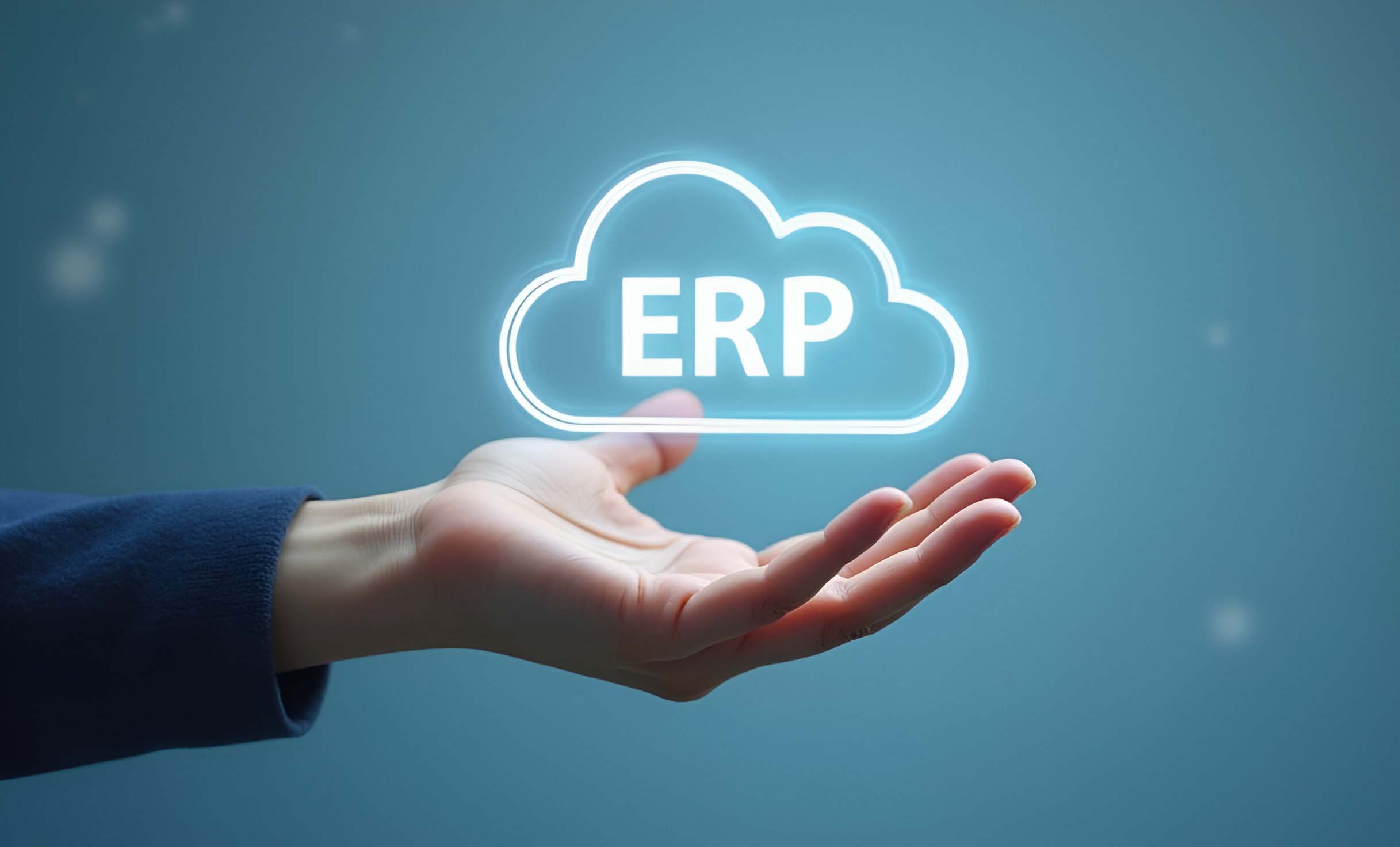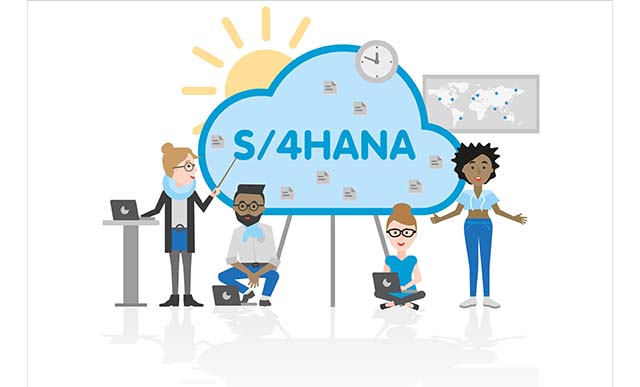Why Legacy Workload Automation Is Blocking SAP Digital Initiatives
Meet the Authors
Key Takeaways
Many organizations continue to use outdated workload automation tools, which can hinder digital transformation efforts and increase operational risks due to technical debt.
Modern, cloud-ready workload automation solutions, like Redwood's RunMyJobs, provide improved visibility, flexibility, and integration across diverse platforms, enhancing efficiency and reducing costs.
Phased migration strategies for updating workload automation can effectively manage technical debt and minimize disruptions, ensuring stability during transitions to modern platforms.
Workload automation (WLA) is essential for enterprise IT, handling scheduling and batch processing for both SAP and non-SAP applications. However, many organizations still rely on tools created decades ago. According to The Automation Mandate, a whitepaper from Redwood Software, these outdated schedulers often hinder digital transformation efforts and increase failure rates in modernization projects.
The Drag of Legacy Schedulers
Industry surveys show that up to 60% of organizations run more than one workload automation solution at the same time, often due to mergers, acquisitions, or siloed departmental deployments. Redwood’s report states that the average age of WLA tools today is 24 years, indicating their long-standing use but also their increasing obsolescence.
Outdated schedulers often become a breeding ground for inefficient workarounds and increasing complexity. Process details are frequently buried in undocumented code or hidden within fragile batch processes, making effective collaboration between IT and business teams difficult. Over time, these unseen processes accumulate technical debt that hampers innovation and elevates operational risk.
Explore related questions
These challenges are worsened by the retirement of staff with specialized knowledge of legacy tools and the declining support from vendors whose products have changed ownership or stagnated in development. As Redwood emphasizes, enterprises relying on these outdated frameworks face higher costs, less agility, and greater risks to digital transformation efforts.
The Case for Modern, Cloud-Ready Automation
CIOs are increasingly recognizing that modernizing workload automation is essential for aligning IT with business strategies. Modern SaaS-based platforms are designed to orchestrate workflows across hybrid, multi-cloud environments and SAP S/4HANA landscapes. Unlike legacy schedulers, they can handle large volumes of data across different technologies quickly, securely, and without errors.
According to Redwood’s whitepaper, transformation-ready workload automation must provide real-time visibility into complex processes, allowing IT and business teams to work together and improve workflows. It also needs to be flexible in delivery and smoothly integrate with multiple platforms, tools, and enterprise systems.
Redwood positions its RunMyJobs solution as specifically designed to meet these needs. Delivered entirely as a SaaS platform, RunMyJobs offers enterprise-wide process orchestration with event-based monitoring, SLA dashboards, and comprehensive auditability. It integrates with both legacy systems and modern technologies, including deployment tools like SAP CTS+, Jenkins, and Bamboo, while providing APIs that cover web services, CLI, and Java.
What This Means for SAPinsiders
Modern workload automation boosts SAP performance and minimizes delays. By unifying fragmented schedulers into a single cloud-ready platform like RunMyJobs, organizations can simplify licensing, cut operational costs, and enhance agility. Improved monitoring and dashboards also increase transparency, enabling enterprises to optimize SAP and non-SAP processes while lowering technical debt and reliance on manual oversight.
Automation maturity aligns IT with broader digital transformation goals. By transitioning repetitive SAP job monitoring and troubleshooting to cloud-based automation, IT teams can concentrate on innovation and cross-functional collaboration. This alignment helps ensure that SAP modernization projects, like SAP S/4HANA migration, are not hindered by fragile, outdated job schedulers. The result is closer business-IT integration, quicker time-to-market, and stronger support for digital business models.
Phased migration strategies reduce adoption risks and minimize disruptions. A key challenge in workload automation modernization is managing decades of accumulated scripts and undocumented processes. However, customer examples demonstrate that structured, vendor-supported rollouts can lower risks and ensure SAP stability during changes. For executives, this shows that technical debt can be managed effectively through proper planning, clear ownership, and experienced vendor support.






